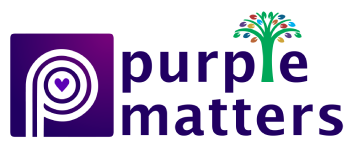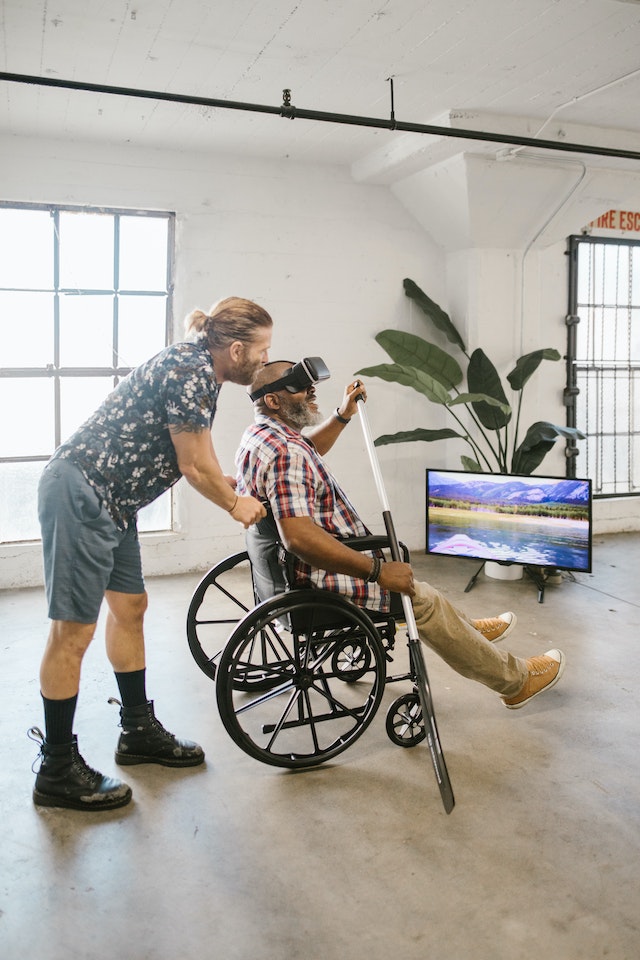Disability is a complex issue that affects a significant proportion of the global population. It can be caused by various factors such as genetic conditions, accidents, illnesses, and aging. To ensure that people with disabilities are treated with respect and dignity, it is important to understand the do’s and don’ts of disability. Here are some guidelines to follow:
Do:
Treat people with disabilities with respect: People with disabilities should be treated with the same respect and dignity as anyone else. Avoid making assumptions about their capabilities and don’t talk down to them.
Provide accessibility: Ensure that your environment is accessible to people with disabilities. This includes having ramps, wide doorways, elevators, and Braille signage.
Be inclusive: Include people with disabilities in activities and events. This can include providing accommodations such as sign language interpreters, assistive technology, or accessible seating.
Listen and ask questions: Listen to the person with a disability and ask questions about their needs and preferences. This will help you understand how you can best support them.
Advocate for disability rights: Stand up for the rights of people with disabilities and support policies and laws that promote inclusion and accessibility.
Don’t:
Make assumptions: Don’t assume that a person with a disability cannot do something. Ask them if they need assistance or accommodations instead.
Use offensive language: Avoid using derogatory terms or language that can be considered offensive to people with disabilities.
Stare or make inappropriate comments: Don’t stare or make inappropriate comments about a person’s disability. This can make them feel uncomfortable and marginalized.
Ignore their needs: Don’t ignore the needs of people with disabilities. This includes ignoring their requests for accommodations or assuming that their needs are not important.
Pity them: People with disabilities do not need pity. Treat them as you would anyone else and focus on their strengths and abilities.
In summary, treating people with disabilities with respect, providing accessibility, being inclusive, listening and asking questions, and advocating for disability rights are some of the do’s of disability. On the other hand, making assumptions, using offensive language, staring or making inappropriate comments, ignoring their needs, and pitying them are some of the don’ts of disability. By following these guidelines, we can create a more inclusive and equitable society for all.






